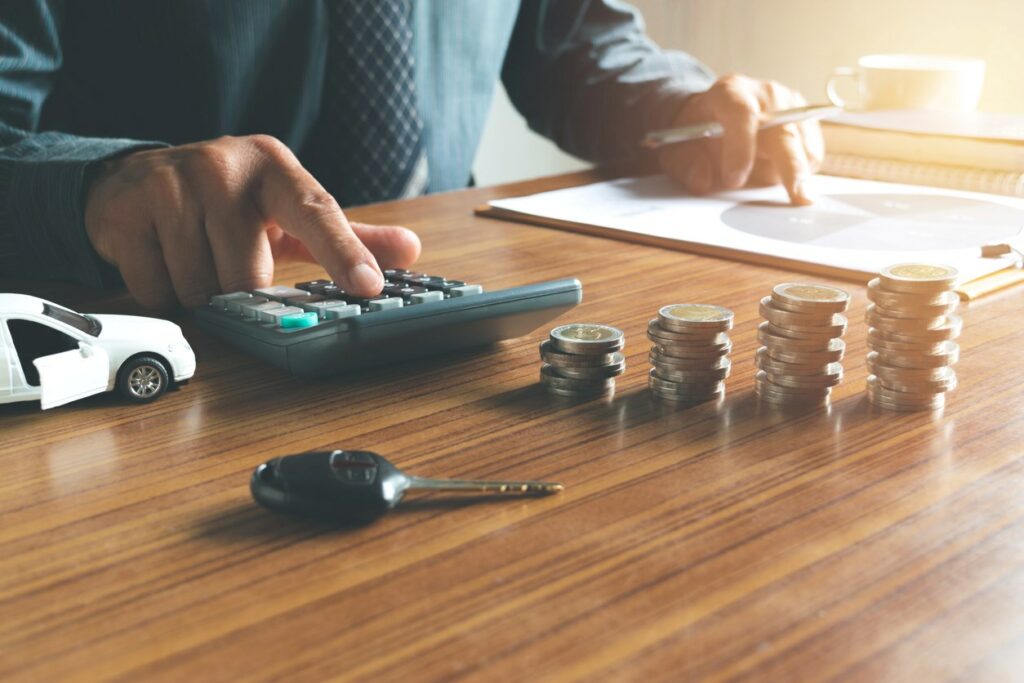Purchasing a vehicle is a significant financial commitment that requires careful consideration. It is an important decision for many first-time buyers, budget-conscious shoppers, and young adults transitioning into financial independence. Even parents assisting their teenagers in purchasing their first vehicle may find themselves contemplating the question: “Should I buy a used car?”
Fortunately, our team at Kennedy Transmission is here to provide a comprehensive guide to help you navigate saving for and buying a used car and make well-informed and financially responsible decisions.
The Case for Buying a Used Car
Buying a used vehicle offers several compelling advantages compared to purchasing a brand-new car. The most obvious advantage of buying a used car is the cost. New cars’ value can depreciate by as much as 20-30% in their first year alone.
By purchasing a used car, you avoid this immediate depreciation, allowing you to get more value for your money.
Lower Insurance Rates
Used cars typically come with lower insurance premiums. Insurers calculate premiums based on the car’s value, so an older, less expensive car will cost less to insure.
Sustainability
Choosing a used car is more sustainable because it reduces the demand for new resources and helps conserve energy. Manufacturing new cars consumes significant resources and power, so purchasing used cars can positively impact environmental conservation.

Determining How Much to Save for a Used Car
When deciding on the amount to save, it’s essential to consider numerous key factors, such as:
Car Price
When purchasing a car, the most significant factor to consider is the price. As Kelley Blue Book indicates, the average cost of a pre-owned vehicle falls within the range of $20,000 to $25,000. However, your specific requirements and preferences may lead you to discover viable choices priced lower or higher than this average range.
Repair Budget
Setting aside a repair budget is critical when buying a used car. Unlike new cars, used ones may require immediate repairs or replacement of worn-out parts. As a general guideline, consider allocating at least 10-15% of the car’s purchase price to cover initial used car repairs and maintenance.
Some common used car repairs to address immediately include:
- Tires
- Brake pads and fluid
- Battery
- Wiper blades
- Air filter
- Engine oil and filter
Insurance and Maintainance
When saving for a used car, remember to consider your monthly expenses, such as insurance and routine maintenance. These costs will depend on the make, model, and age of your vehicle, your driving record, and where you live.
Practical Tips for Setting a Realistic Savings Goal
- Research. Use online tools and resources like Kelley Blue Book and Edmunds to get an idea of the price range for the cars you’re interested in.
- Set a time frame. Determine when you plan to purchase and calculate how much you’ll need to save each month.
- Create a budget. Include your estimated car expenses in your overall budget to ensure you set aside enough each month.
Saving Strategies for Your Used Car Fund
Now that you have a savings goal, here are some strategies to help you reach it:
Budgeting Tips and Tools
- Automate savings. Set up automatic transfers to your savings account dedicated to your car fund.
- Use budgeting apps. Apps like Mint, YNAB (You Need a Budget), or PocketGuard can help you track your expenses and identify areas where you can cut back.
- Prioritize needs over wants. Reduce discretionary spending by identifying needs versus wants. Small sacrifices can add up to significant savings over time.
Prioritize Your Saving Goals
Prioritizing building an emergency fund is essential before aggressively saving for a car. The primary goal should be establishing financial stability by having adequate savings for unexpected expenses. Once you have a solid emergency fund in place, you can shift your focus to saving for other financial goals, such as purchasing a car.
Reducing your debt by paying off high-interest loans and credit card balances can help you save more money in the long term. Eliminating these high-interest debts can free up additional funds for savings, investments, or other financial goals. This disciplined approach can lead to greater financial stability and increased flexibility in managing your finances.
Car Repairs: A Hidden Cost of Ownership
Used cars often come with unexpected repair costs, so preparing for them is essential.
Importance of a Repair Fund
Creating and maintaining a repair fund can prevent minor maintenance issues from developing into significant problems. It is recommended that you initially set aside between $1,000 and $2,000 for this fund and continue contributing to it regularly to ensure it is sufficiently funded to handle unexpected repair costs.
Tips for Lowering Repair Costs
- Choose reliable brands. Research brands that are known for their reliability.
- Get a pre-purchase inspection. Have a qualified and trusted mechanic thoroughly inspect the vehicle. This inspection can help identify potential issues with the car’s engine, transmission, suspension, brakes, and other critical components.
- Routine maintenance. Scheduling out basic car maintenance, such as changing the oil, replacing transmission fluid, and checking tire pressure, can save you money on more expensive repairs down the road.

